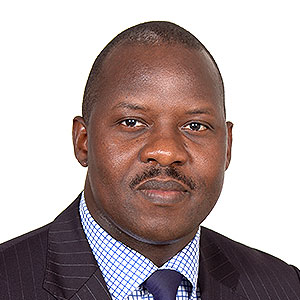In advance of the Informal Hearings with Stakeholders in New York on (6-7 June) and Informal Intergovernmental Meetings (8-10 June), we invite you to review the following sections of the Zero Draft of the New Urban Agenda and share your feedback below. Please indicate which sub-topic/s you are addressing in your response. The forum is now closed. Part 3 will open on Monday, 20 June 2016.
Main Topic B: Effective Implementation
– Sub-topic 2. Planning & managing the urban spatial development >
The forum is now closed until 20 June 2016. Any questions, contact: support@habitat3.org






 SCFG Mobility – Habitat III v6[1].pdf
SCFG Mobility – Habitat III v6[1].pdf
Dear Enablers,
Sustainable Urban Development is an important target of the outcome agreement at the Habitat III conference. It is strongly interlinked with SDG Goal 11 among others.
I’ve just launched below an Urban Design Competition: #URBANCRATZER online and wanted you to be the first to know. I wish to bring to the discussion this new illustration of the economic, social and ecological aspects of the #SDGs. For effective implementation the graph enabling the tiers of the cake and the importance of “the partnership“.
Date: 09/06/2016
The Urban Design Competition #URBANCRATZER is Open, to voice protection & shelter to people from climatic catastrophic disaster events.
“Dealing with a climate crisis has now gone planetary, planners and policy makers alert the importance for vulnerable citizens of having an Urban Climatic Emergency Evacuation Plan policy in place for the outcome of the New Urban Agenda, proven realistic in an actual emergency. Considering the general policies of the national government a first draft UCEEP to complement the 2030 agenda, for urban settlement equipped with detailed evacuation plans for facilitating and handling a climate crisis as seen in every continent on the planet.”
The URBAN CRATZER Design Competition is really important because If steps are taken to recognise preparations for evacuation areas and urban cratzers in dense city areas this can be a just and fair transformative transmission, perhaps then cities can be lucky with a disaster response plan/program due to coming climate change impacts.
Please endorse this design competition by leaving a nice comment or by sharing. So far we have support for this initiative from Nigeria, Switzerland, Zimbabwe and Liberia…
For more information on the project please visit – https://www.habitatCO2lution.org
Many thanks!
HabitatCO2lutions.org
Carl Emerson-Dam
competition manager/umbrella task
Climate Change Centre Reading
Reading United Kingdom